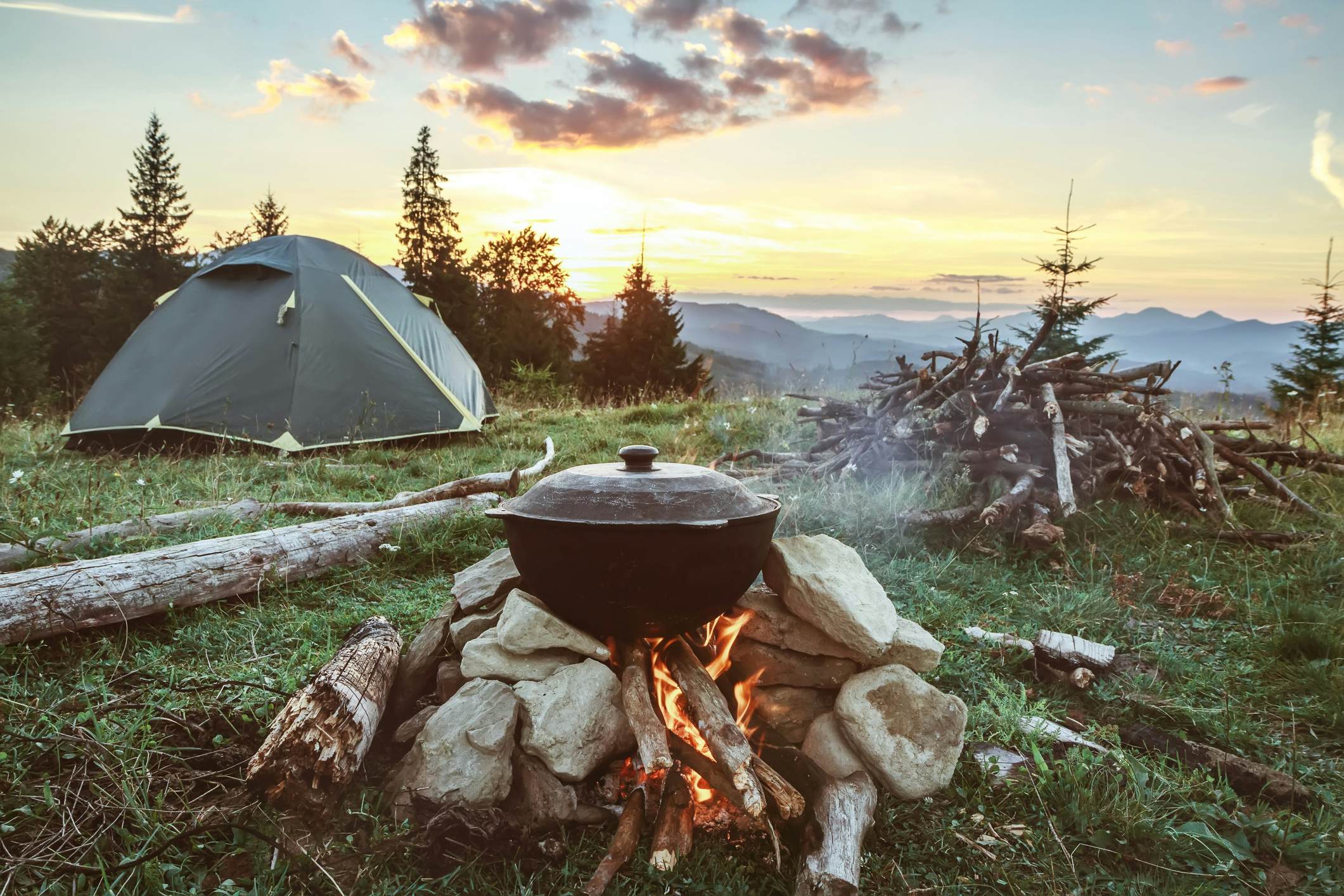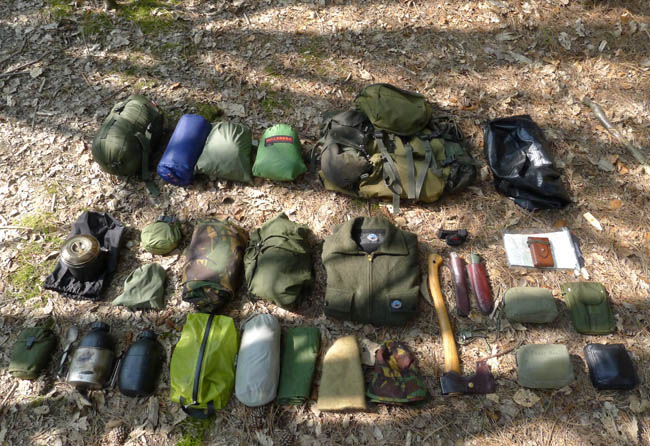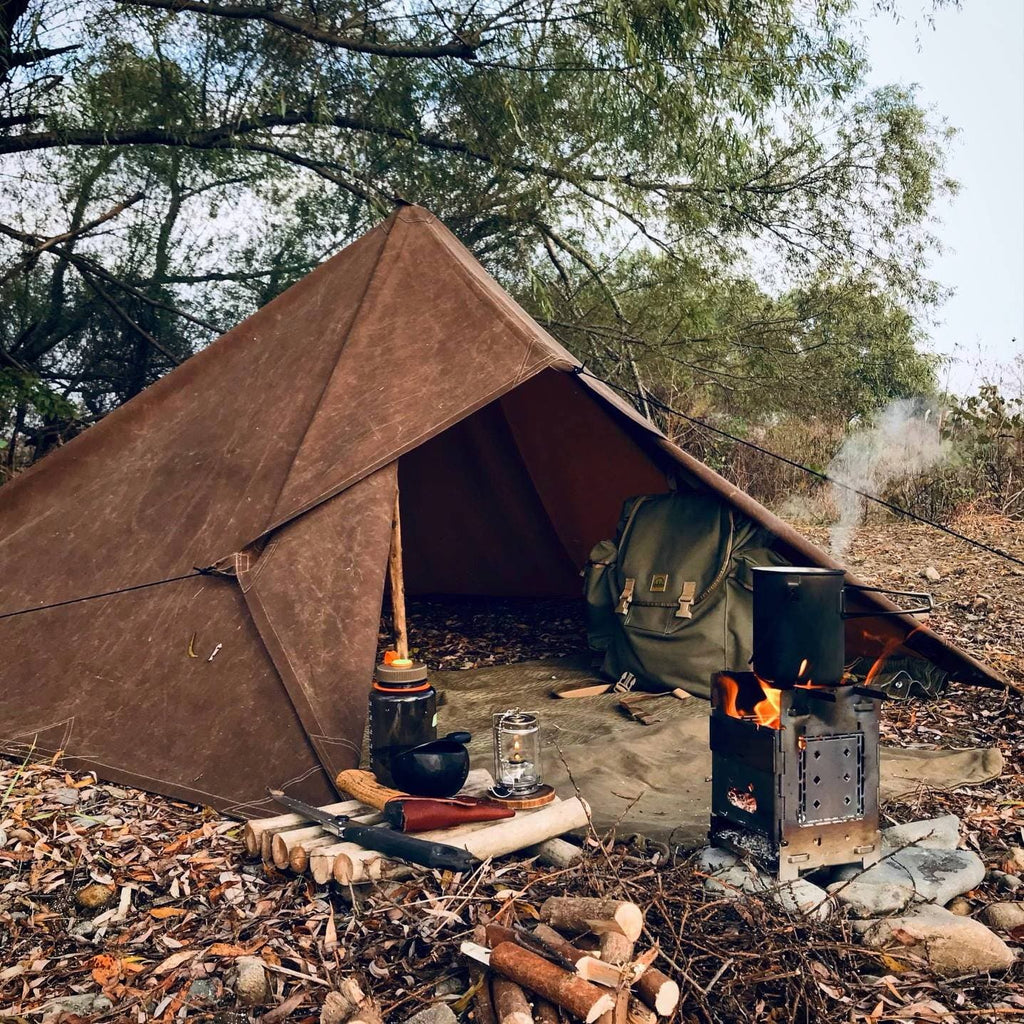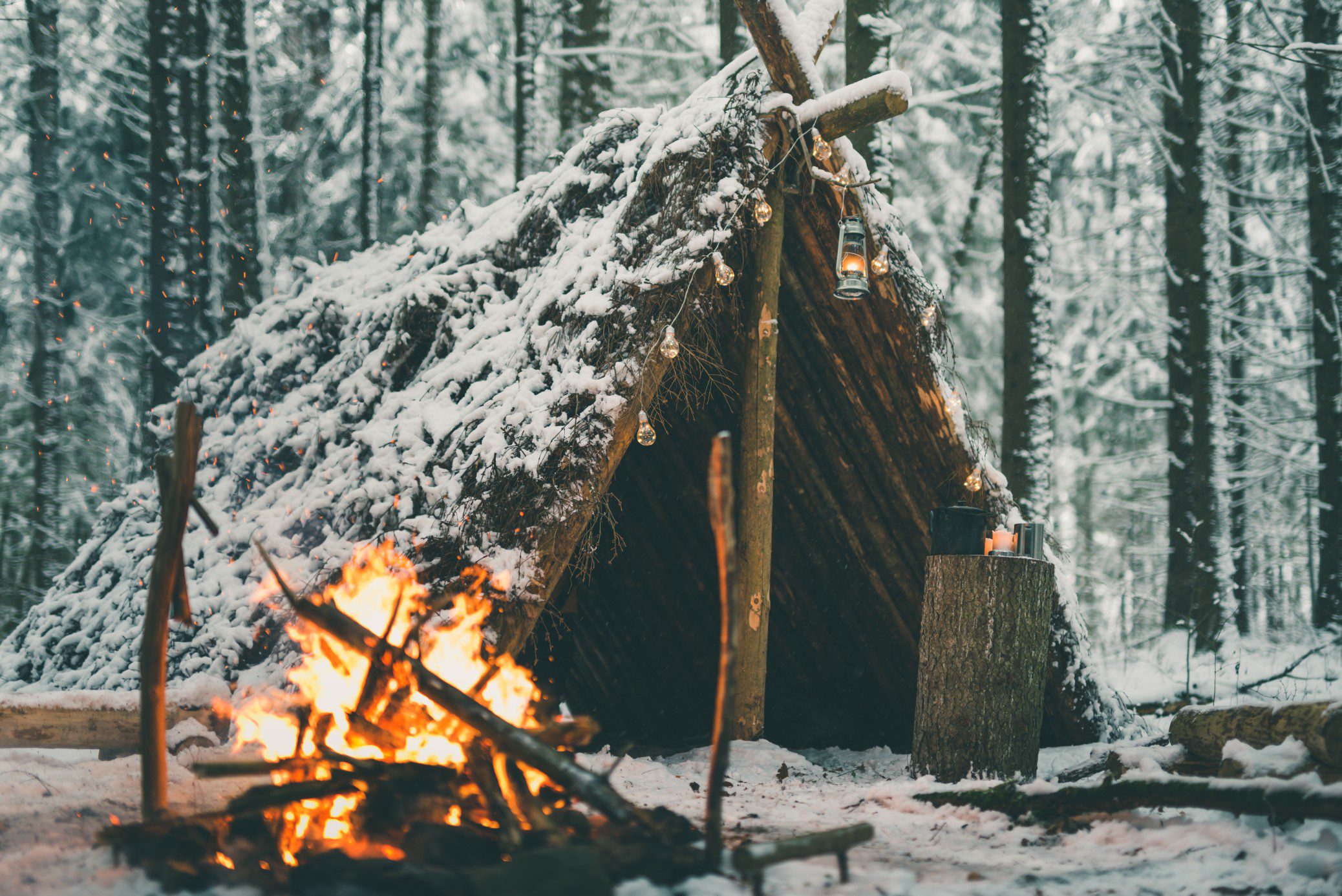Greetings fellow survival enthusiasts and nature aficionados! Today I delve into the captivating world of primitive camping—where the raw beauty of nature meets bare-bones human resilience. Primitive camping is not merely a pastime; it's an art, a return to roots, and a testament to our ancestral spirit. It's about embracing nature with minimal resources and maximum respect.
What Is Primitive Camping?
Primitive camping, also known as disperse or backcountry camping, is the experience of camping away from developed campground and without the luxury of modern amenities. It is the epitome of rustic camping—just you, your survival skills, and nature.
Why Choose Primitive Camping?
Unparalleled Serenity: Away from the buzz of developed campsites, you connect with nature on a profound level.
Unspoiled Environments: Experience the raw beauty of areas less traveled where wildlife thrives.
Adventure and Skills: Hone your bushcraft and survival skills as you rely on your knowledge and what the land provides.

Primitive Camping in the U.S.
The United States, rich in natural resources and vast tracts of public land, offers myriad opportunities for primitive campers. From the majestic trails of the Appalachian to the expansive BLM land, there's a site for every soul.
National Forests and Parks
These federal lands are treasures for those seeking an immersive camping experience. With the right information and adherence to the land management policies, you can find the perfect spot for tent camping in the heart of nature. Often, national parks and forests allow for dispersed camping and also have designated areas for those who prefer a hint of structure in their wilderness adventures.
State Parks and Fishing Lakes
In addition to federal lands, state parks and fishing lakes usually offer designated campgrounds and primitive camping areas. These settings provide a gentler introduction to the practice, often complete with hiking trails and natural attractions.
Wildlife Management Areas and Army Corps Land
For a truly wild experience, consider setting up camp in a wildlife management area or on land managed by the Army Corps. These areas are often free to access and offer a serene escape from the bustling primitive campground scene.

Essential Primitive Camping Tips
Always Check Accessibility Policies: Before you head out, ensure you're compliant with the local accessibility policy. Contact the nearest visitor center or check the interactive map provided by the land management authorities.
Prepare for No Amenities: Remember, primitive campers fend for themselves. This means no water, no picnic tables, and certainly no electrical hookups. It's just you and whatever you can carry on your back or in your vehicle.
Leave No Trace: This principle is crucial. Ensure that you leave your campsite as you found it, or even better, with no trace of your stay.
Finding Free Camping Areas
While many think of camping as an expense, there's a wealth of free camping options across the U.S. Here's how to find them:
Use an Interactive Map: Look for BLM land, national forests, and other public areas offering free camping.
Ask Local Experts: Stop by a visitor center or reach out to Forest Service offices for general information on free camping spots.
Be Flexible: Often, the best free camping experiences come from being adaptable and willing to explore less-known areas.

Your Primitive Camping Checklist
Heading out into the great outdoors requires preparation. Here’s a rundown of what you might need:
Shelter: A sturdy tent or tarp to protect you from the elements.
Sleep System: Sleeping bag and pad suitable for the season.
Survival Gear: Your essential survival kit should include items like a knife, fire starter, and compass. (Find a complete list on my page: Essential Survival Gear Checklist)
First-Aid Supplies: Always carry a basic first-aid kit for emergencies. (More information here: Wilderness First Aid Vital Strategies)
Food and Water: Pack sufficient, non-perishable food and water for your trip, plus filtration/purification tools.
Clothing: Weather-appropriate apparel and sturdy hiking boots.
The Survivalist's Guide to Primitive Regions
Exploring specific primitive camping regions has its unique charm and challenges. Let’s consider a few:
The Appalachian Trail
This iconic trail stretches over 2,000 miles, offering numerous spots for primitive tent camping. It's a must-visit for anyone wanting to test their endurance and backcountry camping skills.
Eastern High Peaks Wilderness
With its rugged terrain and strict fire pit regulations, this area is not for the faint-hearted. It's a test of your true wilderness survival capabilities. (Learn more about wilderness survival: Ultimate Guide to Wilderness Survival Skills)
South Carolina’s Primitive Campsites
South Carolina's state parks and forests provide beautiful coastal and woodland settings for primitive campers seeking solace and simplicity.

Advanced Survival Tactics for the Skilled Camper
As a professional survivalist, I know that primitive camping is more than just pitching a tent. It's about understanding and adapting to your environment. Enhancing your skills is essential:
Bushcraft Expertise: Master the art of living off the land. (Check out the master guide here: Bushcraft Skills Masters Ultimate Guide)
Edible Plants Knowledge: Be able to identify edible plants and weeds in the wild. (Learn more here: Edible Plants in the Wild)
Wilderness First Aid: Knowing how to handle emergencies without immediate medical help is crucial. (Read more at: Wilderness First Aid Vital Strategies)
Outdoor Survival Techniques: From building an igloo to snowshoeing, be prepared for any challenge. (Explore techniques here: Outdoor Survival Techniques Ultimate Guide)
The Diverse Terrains and Regions for Primitive Camping
The United States boasts some of the most diverse and breathtaking natural landscapes in the world, and what better way to immerse oneself than through the authenticity of primitive camping? Each region offers its distinct flavor of outdoor experience for the avid camper.
The Allure of National Forest
Spanning multiple states and encompassing millions of acres, the national forests of America are a prime destination for those seeking solitude and a true off-grid adventure. The sprawling woodlands, along with their rich biodiversity, offer not just tent camping spots but soul-stirring experiences. From the towering pines of the Pacific Northwest to the deciduous canopies of the East, these forests provide an opportunity to reconnect with nature in its purest form.
The Charm of State Park
National park are a testament to the unique natural beauty of their respective states. Often well-maintained and offering a variety of recreational activities—from hiking trails to state fishing lakes—these parks serve as an excellent gateway to the world of primitive camping. Many state parks also include rustic camping options, which provide some basic amenities without detracting from the primitive experience.

Navigating Public Lands for the Best Camping Experience
When setting out to camp on state land, one must navigate the various rules and permissions associated with them. A mixture of designated primitve camping area and the freedom to roam undesignated wilderness provides a spectrum of camping experiences.
Wildlife Management Areas: A Hidden Gem
Wildlife management areas often fly under the radar as prime camping spots, offering not only dispersed camping opportunities but also a chance to witness local flora and fauna. They are managed to maintain biodiversity, making these areas perfect for nature enthusiasts and wildlife observers who prefer a quiet campsite away from the crowds.
Discovering Designated Campgrounds and Primitive Campsites
Some outdoor lovers prefer having a designated campsite as a base for their adventures. These sites often come with the added bonus of a fire pit, picnic table, or even a grill—amenities that offer a modest level of comfort in the wilderness. For those who want to venture further into the wild, many public lands offer designated primitive campgrounds that are more secluded and require campers to be self-sufficient.
Car Camping Versus Backcountry Explorations
The beauty of primitive camp lies in its flexibility. Car camping allows you to drive up to your camping area, offering a balance between accessibility and the wilderness experience. It's excellent for family excursions or those new to camping who may want the security of a quick escape back to civilization.
For the more intrepid souls, backcountry camping presents the challenge of packing everything on your back and hiking into the depths of the wild. This is where the spirit of adventure truly comes alive, as each step takes you further from the beaten path and deeper into self-reliance.
Emphasizing Sustainability and Conservation
As a professional survivalist, I cannot stress enough the importance of conservation. Collecting firewood may be a quintessential part of camping for many, but it is essential to do so responsibly. Ensure that your actions do not harm the ecosystem, and adhere to the Forest Service regulations on firewood collection. It's also worth considering alternative cooking methods, such as portable camping stoves, to minimize the impact on the environment.

The Iconic Appalachian Trail and Beyond
For many, the Appalachian Trail represents the ultimate test of primal camping prowess. The trail spans multiple national parks and forests, offering an unrivaled variety of primitive campsite experiences. The journey along the trail can be a pilgrimage into the heart of America's wilderness, a place where one can find solitude and challenge in equal measure.
RV Camping: A Different Shade of Primitive
Equipped with the comforts of home, RV camping is a fantastic blend of convenience and rustic camping. While it may not be primitive in the traditional sense, it allows people to explore public lands while maintaining a level of comfort. Many national parks, forests, and state lands provide designated areas for RV camping, ensuring that the call of the wild is accessible to everyone.
